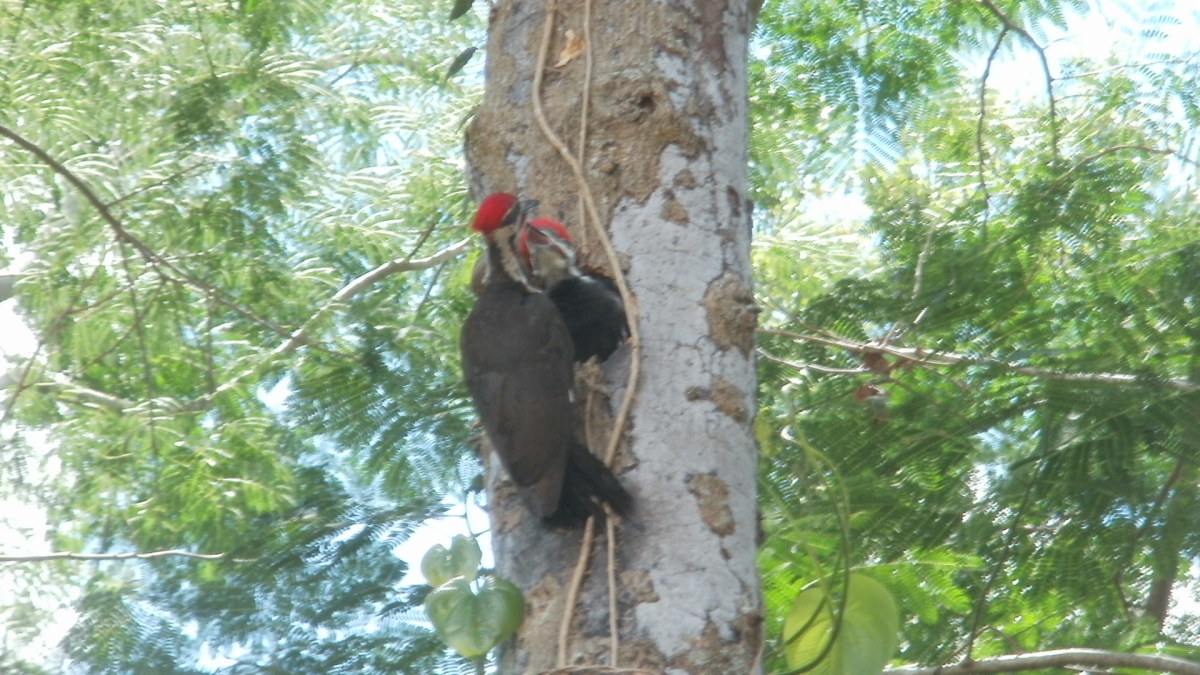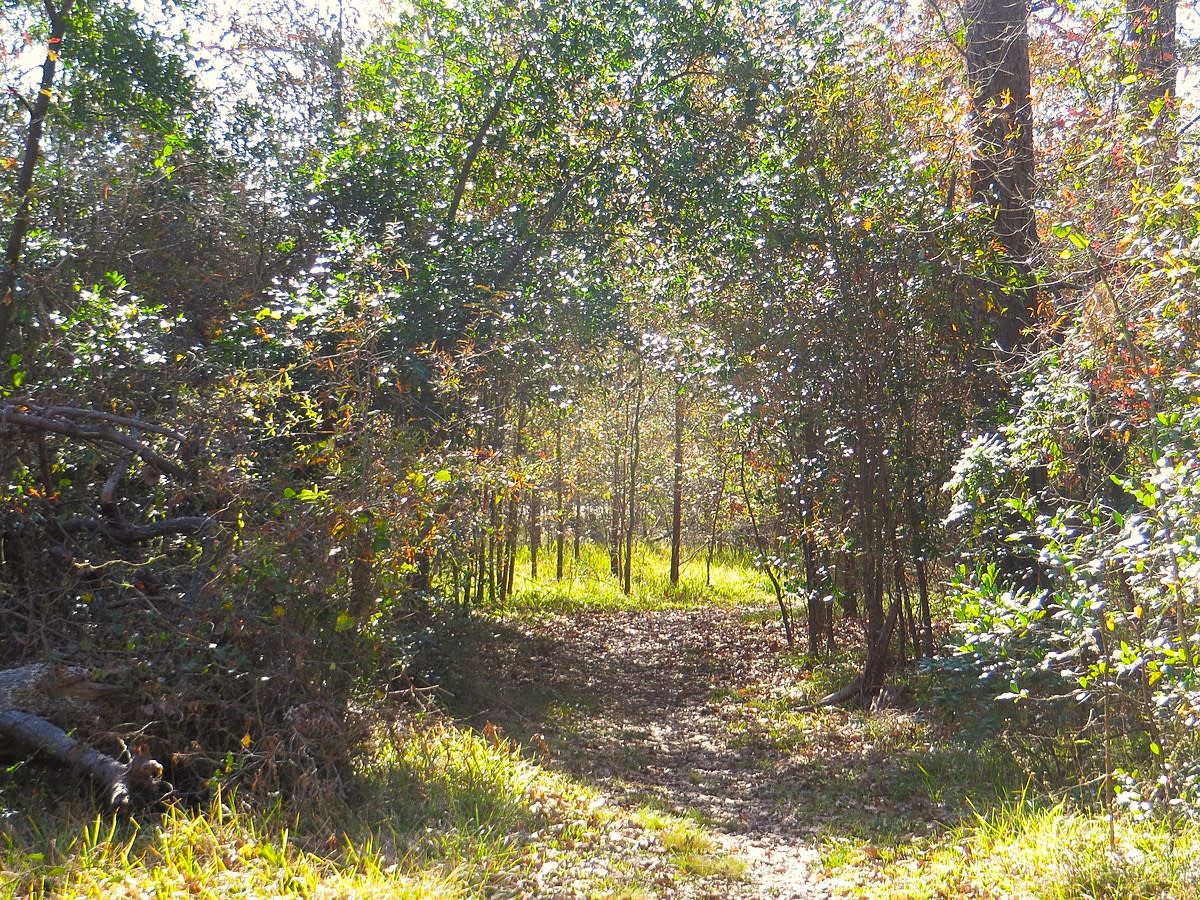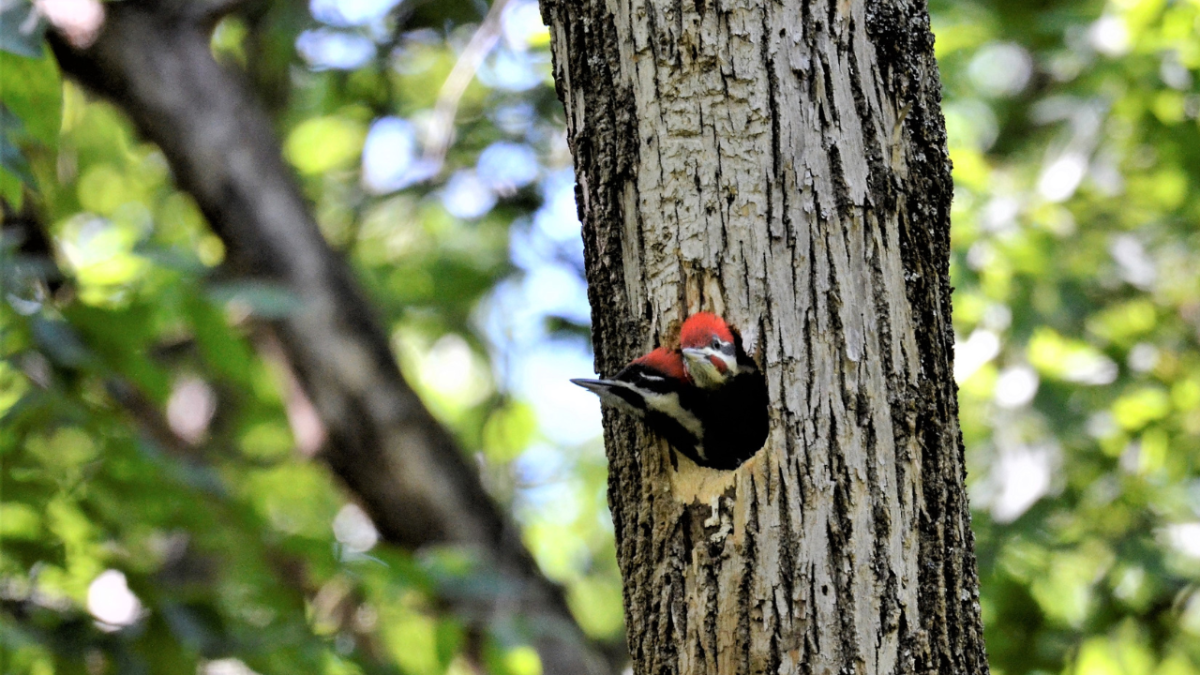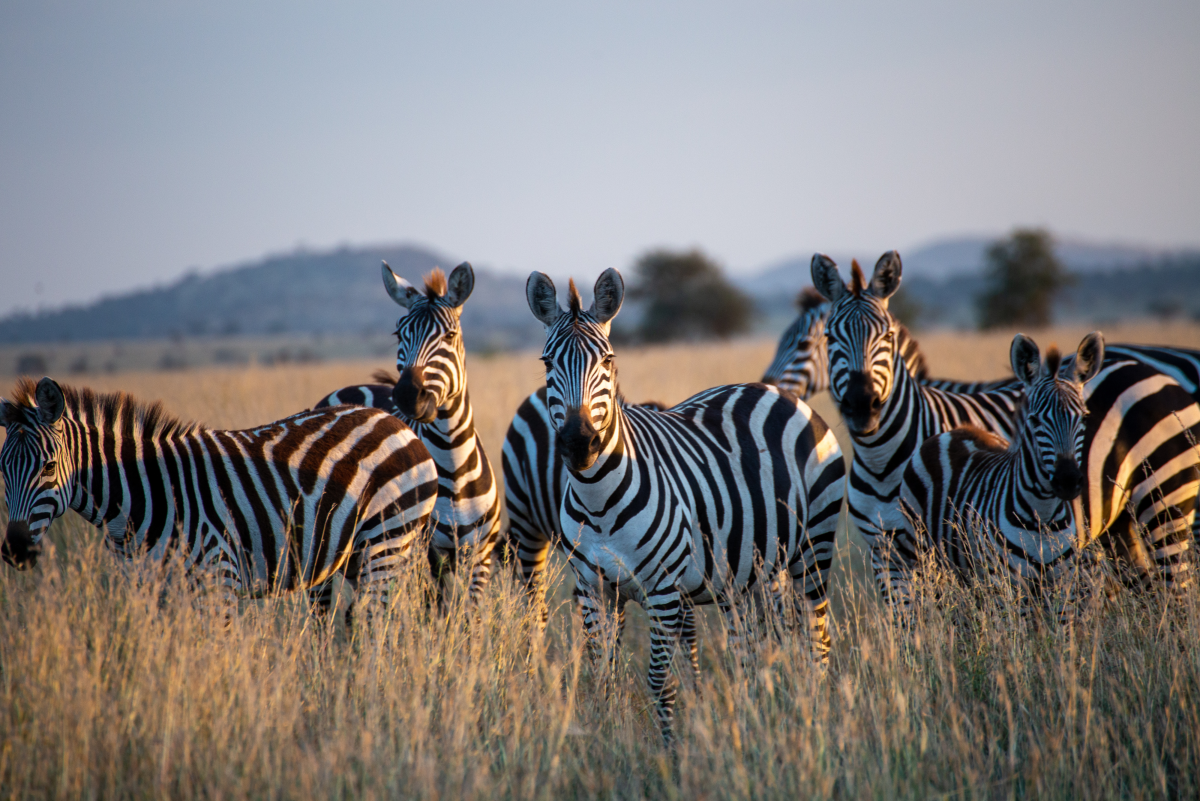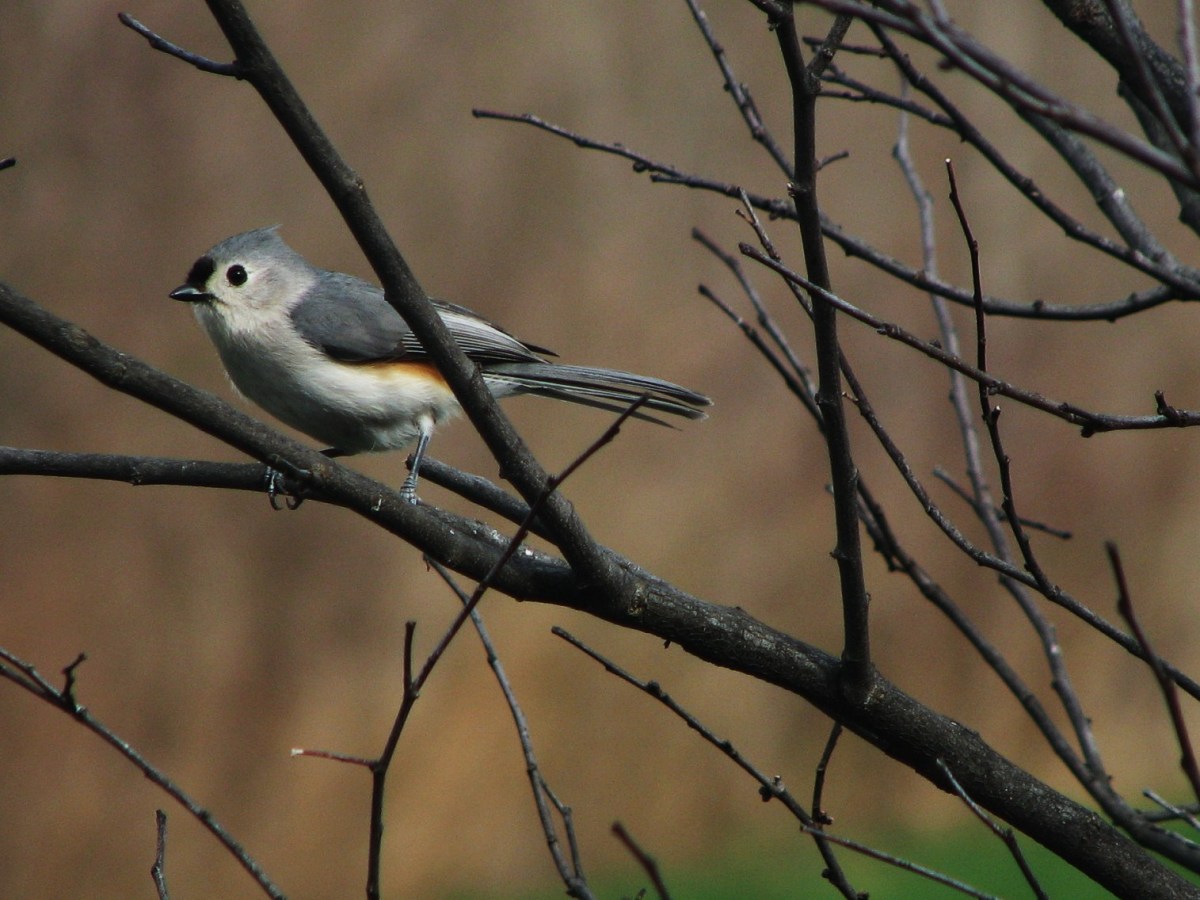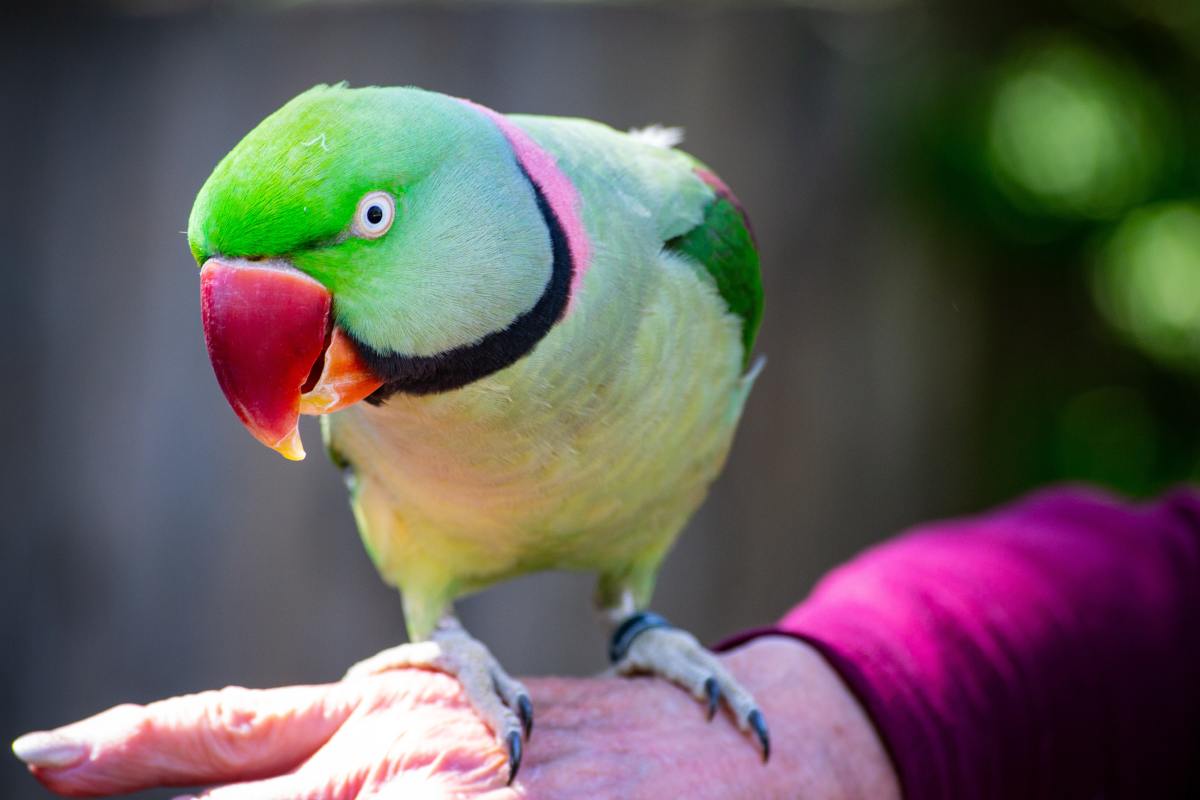Woodpeckers of Ecuador
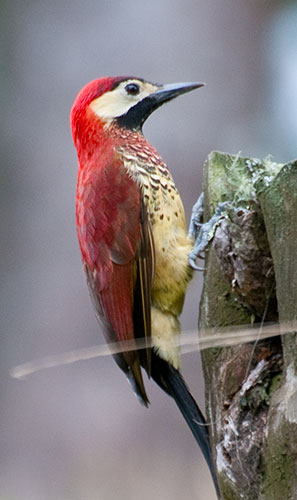
When the word woodpecker is mentioned it conjures visions of this daffy redheaded bird causing insurmountable problems for a bumbling walrus with a Dutch accent. Woody was crazy with power and ego, oblivious of anything outside his world of fantasy and fun. His infectious laugh became an audible symbol of everything joyous and childlike in the human spirit.
The creative genius of Walter Lance ingrained in our minds a creature unlike the bird that frequents the forests and woodlands around the world. With the exception of places such as Australia, New Zealand, Madagascar and the extreme Polar Regions, the ubiquitous woodpecker is a mainstay of the global greenwood habitats. Its incessant tap-tap-tapping adds to the audible pleasure of a leisurely Sunday stroll.
Woodpeckers of the World
The woodpecker (Picadae) has a fairly large family tree encompassing woodpeckers, piculets and wrynecks (strictly Old World). Within this group there are about 200 species and 30 genera. Their greatest abundance and diversity exists in the tropical rainforests of the world where deforestation has placed many of them at risk. Two species, the Imperial and the Ivory-billed Woodpecker, have not been observed in over thirty years advancing the thought that they are now extinct. The Ivory-billed Woodpecker was considered the largest of the species measuring 58 cm (23 in) in length.
With few exceptions, the majority of woodpeckers are arboreal in nature. Trees provide them with their favorite habitat where they can glean for food and construct homes in a protective environment. Woodpeckers are primarily insectivore, probing deep into the wooded crevices with their powerful beaks to extract these crawly creatures. In like manner, their bills provide an excellent instrument for carving out nests in the trees.
All species of Picadae have strong powerful bills for penetrating the hardwood of the forests and for signally other birds by drumming out an audible message. Red, brown, black, white and green are their predominant colors although some of the piculets exhibit certain amounts of gray and pale green. Many species display copious amounts of red and yellow on their heads as a means of communication.
Woodpeckers of Ecuador
There are thirty-five species in nine genera of woodpeckers within the tiny nation of Ecuador. Categorizing them by size simplifies their identification.
Small: Within this group are the piculets and small woodpeckers. Ranging in size from 8 – 18 cm (3 – 7 in), these diminutive species can be observed on the weaker branches of the trees in the lowland areas on both slopes of the Andes. The piculets have smaller, less powerful bills rendering it necessary to forage on dead twigs and rotted wood.
Midsize: Inhabiting the subcanopy of the lowland tropical rainforest on both slopes, (with a couple of exceptions which are more mountainous by nature) these species exhibit very distinctive coloring and facial features. Their olive hued under parts and unique cranial characteristics easily identify the midsized woodpeckers. These species will have an average length of 18 – 28 cm (7 – 11 in).
Large: Found mainly in the humid lowlands, these sizable and spectacular woodpeckers display the pronounced crest that made Woody famous. Varying in size from 30 – 36 cm (12 – 14 in), these marvelous creatures can provide pleasurable entertainment for the fortunate observer. The only Flicker inhabiting the woodland of Ecuador falls in this category.
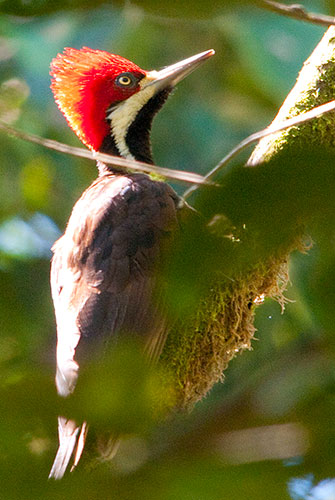
Endemic and Vulnerable Species
Of the many woodpecker species in Ecuador, there are two that are considered vulnerable due to destruction of habitat. These are the Lita and Choco Woodpeckers of the Choco lowlands. They are also the only two endemic Picadae species in this region.
In the Tubesian lowlands, the Ecuadorian Piculet, the Scarlet-backed Woodpecker and the Guayaquil Woodpecker are endemic. Their habitats overlap with the domains of the Choco lowland endemics, which make the northwestern region of Ecuador so rich in avifauna diversity.
Within the western Amazonian lowlands is the Plain-breasted Piculet, a tiny bird that has an uncertain existence. Twentieth century investigations have failed to establish its presence in ideal environments and it is therefore debatable whether it still resides in the country.
Summary
Woodpeckers are by far one of the most audible and recognizable of all bird species in the tropical rainforest. Their character and color provide an enjoyable experience for the avid birding enthusiast. Following the rapid fire tapping of the ubiquitous woodpecker can prove to be a beneficial journey.
Related Links
- The Birds of Ecuador
Articles and photos about the birds of Ecuador - Discovering the Birds of Ecuador
Birding locations in Ecuador


